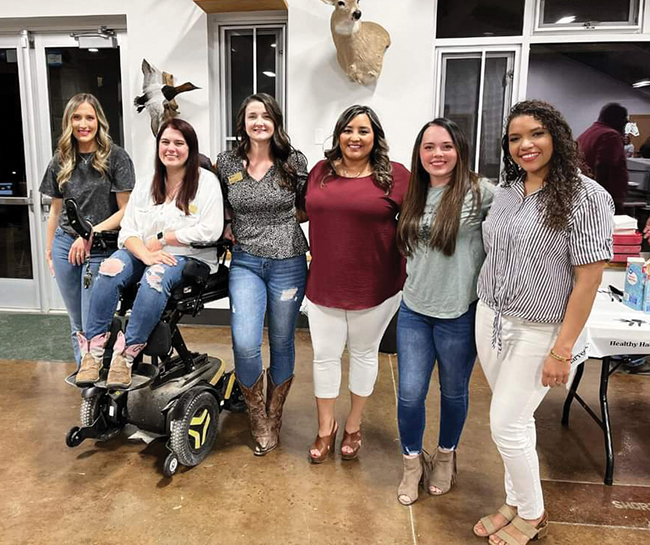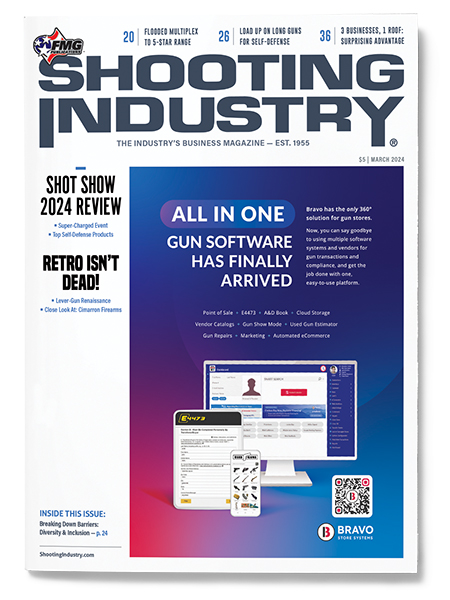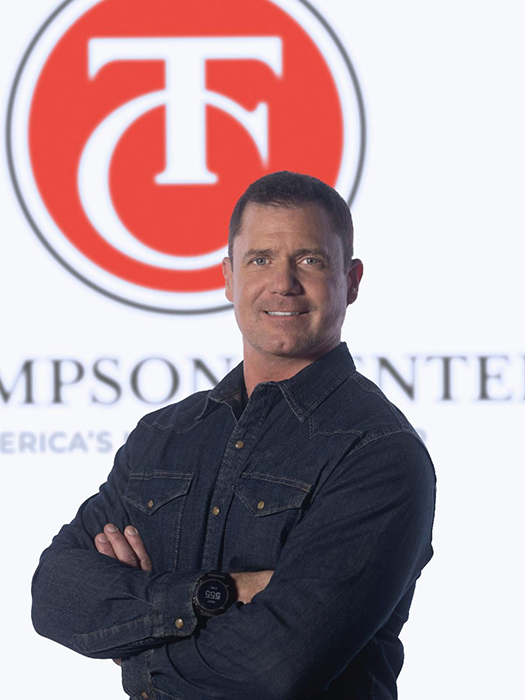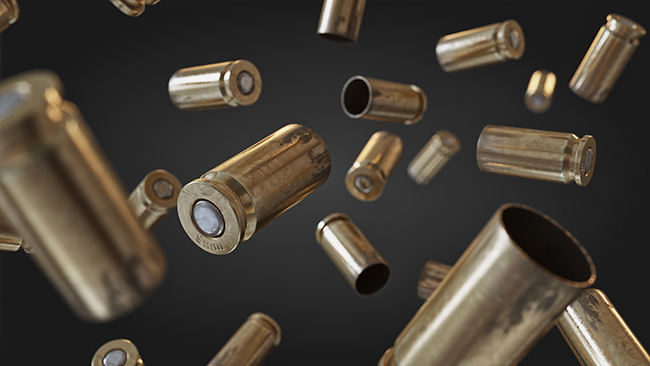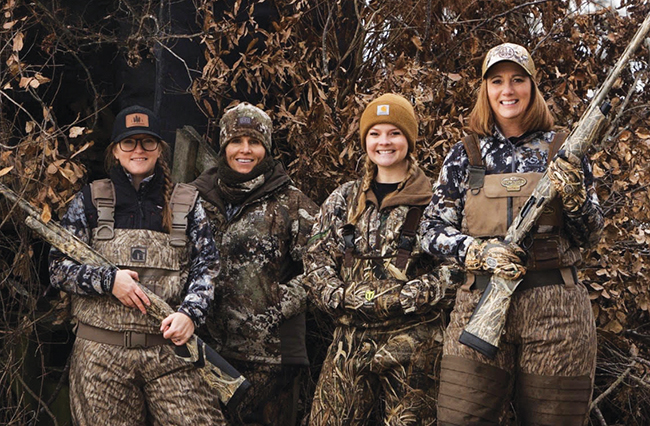Breaking Down Barriers: Diversity & Inclusion
The landscape in the outdoor industry is changing. For the past decade, statistics have shown women are leading as the growing demographic in the hunting and fishing segments.
In addition, we’re seeing a rise in diverse hunters and self-defense shooters from various ethnic and cultural groups. It’s important to continue fostering a welcoming environment for incoming hunters, especially those from marginalized groups within the industry. If the industry doesn’t continue to create a welcoming environment, we’ll lose the voting numbers needed to protect the rights we have as sportsmen, conservationists and gun owners.
Recently, we have seen initiatives like R3, non-profit hunting heritage programs and inclusive groups designed to promote growth and foster community. To see the development of groups like these shows the industry has realized the need and made efforts toward improvement.
Current State Of Diversity
For decades, the hunting and outdoor sports industry has been marked by a noticeable lack of diversity — with marketing representation predominantly driven by specific demographics. The historical roots of these outdoor activities are often traced back to cultural traditions and historical practices for all groups and genders. This lack of diversity has perpetuated stereotypes and barriers, creating an environment where certain communities may feel excluded. Understanding this historical context is crucial for addressing the disparities and working toward a more inclusive future in hunting, sport shooting and self-defense activities.
As we delve into the historical aspects, it becomes evident fostering diversity requires a concerted effort to forward progression and promote access for individuals from all walks of life.
Perspective On Representation
I — a biracial woman who is an avid sportswoman, promotes support of the Second Amendment and educates women on self-defense — find myself in many of those up-and-coming communities. I always say, “If you can’t see it, you can’t be it.”
Representation is a great tool to create a welcoming environment for those in these targeted markets. If someone can look at an organization’s publication and see themselves as a part of it (because they resonate with the people pictured) — it says a lot! However, this is not to be confused with inclusive. We don’t want to exclude prior dominant groups or create a new, unrealistic setting. I have had personal involvement with NWTF’s Women in the Outdoors program in Oklahoma. This is a great community where women from all walks of life can grow as sportswomen through mentorship and friendships.
In addition, I have worked with various organizations to help promote representation in various marketing materials. Best of all, the brands and organizations reached out to me specifically to add diversity. I was pleased to have those great conversations and complete the tasks. We need more conversations and initiatives like that.
Professionals’ Insights
In an interview with Brittany Jill of Britt Jill Marketing, she underscored the importance of mentorship.
“The shooting and hunting industry can introduce more diverse people through mentorship,” she stated.
NSSF actively promotes this with their +ONE initiative, which asks mentors to pledge to bring someone new hunting or sit with them.
As a woman in the industry, Jill mentioned she has a lot of friends who don’t hunt, and their husbands don’t hunt; they’ve never been around hunting. She explains to them, and openly shares on social media, how amazing it is to watch the woods wake up, hear the animals come to life and the excitement of just seeing them in their natural habitat. Generally, after explaining hunting isn’t just killing, they start to open up to the idea.
“After we cook them some back straps, normally, they’ll tell me they really want to start hunting now!” Jill shared.
Jill has worked with companies such as Barnett Crossbows, Muddy, Hawk, Big Game, Stealth Cam and more. She understands the importance of the industry connecting with its customer base and incoming users. She revealed innovation in women’s gear — such as bows and camo — has contributed to women having a place in the industry.
“Now more than ever, I get the sense women are starting to feel like we do belong. We don’t have to wear our dad’s or husband’s old camouflage that doesn’t fit anymore or use an old bow that’s too heavy,” she said.
Importance Of Representation & Outreach
To truly welcome and engage a diverse audience in the shooting sports, the industry must prioritize and embrace diverse representation in marketing, media and campaigns. Images and narratives play a powerful role in shaping perceptions and influencing participation.
By showcasing individuals from various backgrounds, ethnicities, genders and ages participating in hunting, sport shooting and self-defense training, the industry can break down stereotypes and dispel the notion these activities are exclusive to a particular demographic. Diverse representation reflects the reality of the broad spectrum of enthusiasts and sends a strong message of inclusivity.
This approach attracts new participants and creates a more welcoming atmosphere for those who might have previously felt marginalized or underrepresented in the shooting sports community.
Proactive outreach programs and educational initiatives are essential to further expand diversity in shooting sports. We see groups like Shoot Like A Girl, Hunters of Color, Artemis Women, NWTF hunting heritage programs, Wheelin’ Sportsmen, JAKES and Women in the Outdoors excel because they invest in programs providing education, training and resources.
These initiatives include mentorship opportunities, community and workshops designed to make newcomers feel comfortable and confident in engaging with these activities.
By partnering with community organizations, schools and local clubs, the industry can continue establishing connections and fostering a sense of community. Outreach programs introduce new participants to the skills and joys of hunting and sport shooting and contribute to building camaraderie and a supportive community within the shooting sports landscape.
Still Work To Do
While acknowledging the progress made over the past decade, it’s clear there is still work to be done. The momentum for change is evident, and with ongoing efforts, the shooting sports community can continue to build a more inclusive and vibrant environment for individuals of all backgrounds.
By prioritizing representation, outreach and education, the industry can ensure the outdoors remain accessible and welcoming to everyone — safeguarding the rights and traditions cherished by sportsmen, conservationists and gun owners alike.

